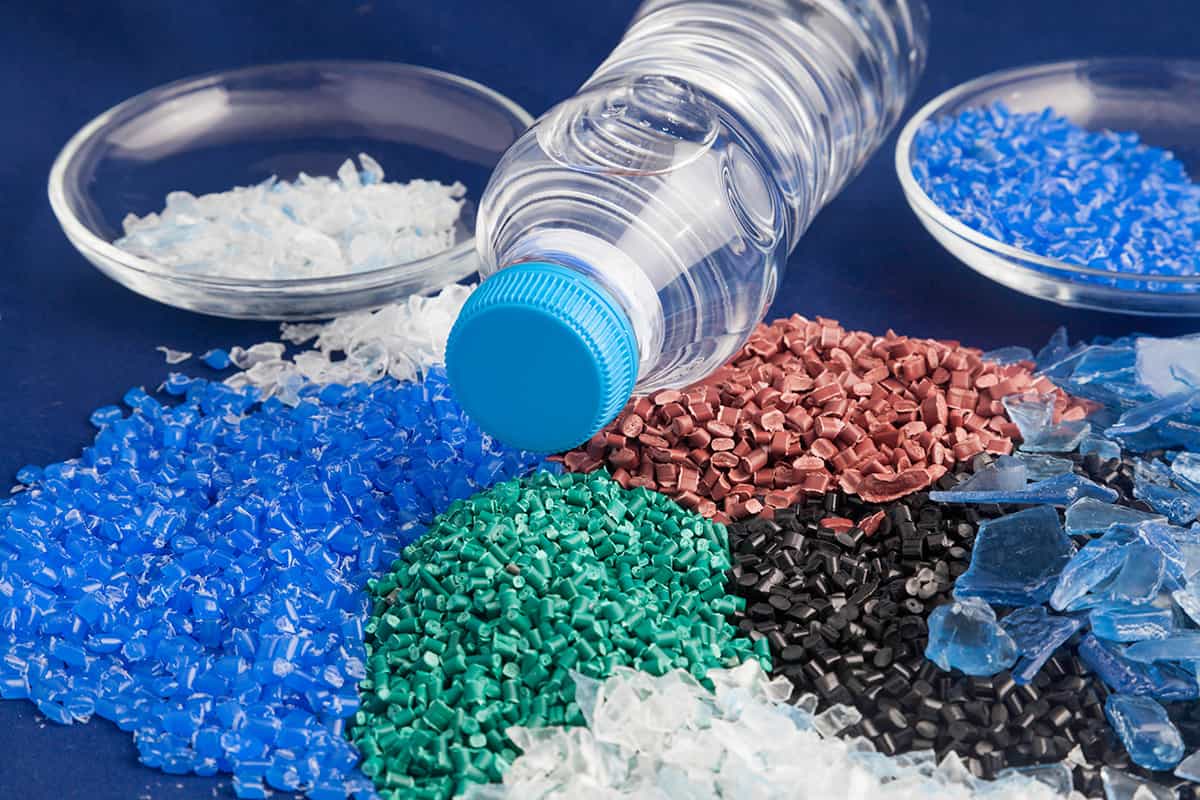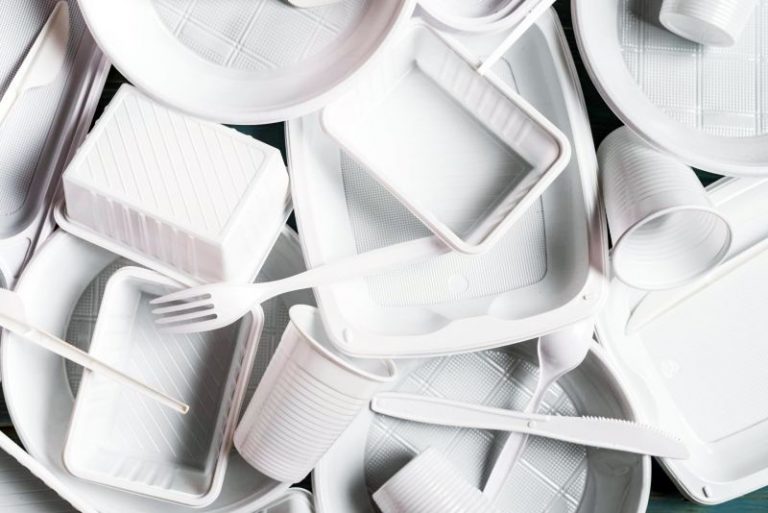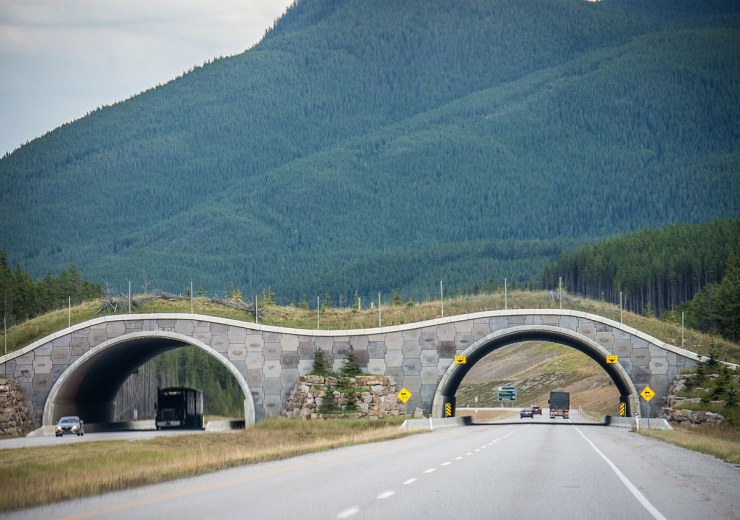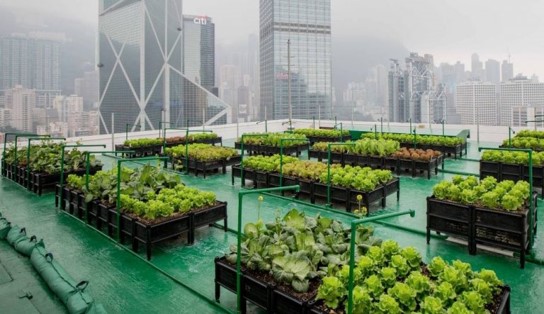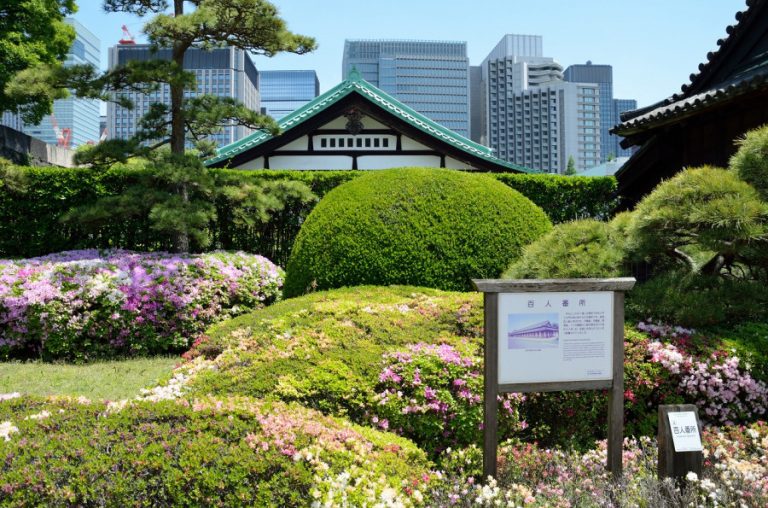Microplastic-Free Zones: How Local Beaches Are Cleaning Up — and What It Takes to Scale Up
The world’s oceans are drowning in plastic — not only in visible bottles and bags but in invisible particles smaller than a grain of rice. Microplastics, defined as plastic fragments under five millimeters in size, have infiltrated nearly every corner of the planet. They drift in the air, hide in the sand, and swirl in the deepest ocean trenches. In recent years, a growing number of coastal communities have declared a new kind of environmental ambition: to create microplastic-free zones — beaches, bays, and coastal stretches where proactive cleanup, smart policy, and sustainable design converge to minimize plastic pollution.
This essay explores how such initiatives are taking shape at local and regional levels, what technologies and infrastructure make them possible, and why scaling them up demands not only innovation but also cooperation, education, and systemic change. It also examines the cultural and economic dimensions of these programs — how cleaner beaches become catalysts for new forms of tourism, civic pride, and global awareness.
The Growing Crisis of Microplastics
The microplastic crisis is, in many ways, an invisible one. Unlike large marine debris that can be physically removed, microplastics originate from countless sources: the breakdown of bottles, fishing gear, tire dust, synthetic clothing fibers, and even cosmetic microbeads. Every wave and gust of wind transforms larger litter into microscopic pollutants that persist for centuries.
According to recent studies by the United Nations Environment Programme (UNEP), approximately 11 million metric tons of plastic enter the ocean every year, and microplastics now appear in more than 80% of tested tap water samples worldwide. They have been found in Arctic ice cores, on Mount Everest, and inside human organs.
Microplastics pose both ecological and health threats. Marine organisms, from plankton to whales, ingest them, leading to bioaccumulation of toxic chemicals through the food web. Humans, in turn, consume these microplastics via seafood, salt, and water. The full health implications remain under study, but preliminary evidence links microplastic exposure to inflammation, oxidative stress, and hormone disruption.
Amid such alarming data, the idea of a “microplastic-free” zone might sound utopian. Yet, communities across the world are turning aspiration into local action.
The Birth of Microplastic-Free Initiatives
The concept of microplastic-free zones emerged in the late 2010s as a response to the failure of traditional cleanup efforts to address microscopic waste. The first notable example appeared in Hamburg, Germany, where a city-backed project called Küstenwächter (“Coastal Guardians”) sought to restore selected beaches along the Elbe River estuary using both mechanical filtration systems and community mobilization.
Soon after, similar projects took root in Japan’s Kanagawa Prefecture, California’s Monterey Bay, and New Zealand’s Golden Bay. Each initiative shared a common structure:
-
Preventive measures — reducing microplastic input by banning microbeads, improving stormwater filters, and promoting circular waste economies.
-
Restorative cleanup — using sand-sifting robots, floating barriers, and specialized sieving technology to collect existing microplastics.
-
Educational and behavioral change — involving schools, local businesses, and tourists in awareness campaigns and sustainable practices.
The approach reflects a shift from reactive waste collection to proactive environmental design. Rather than just picking up litter, these programs aim to re-engineer the relationship between people, products, and ecosystems.
A comparative overview of selected case studies is presented below.
| Location | Initiative Name | Key Strategies | Impact (After 3 Years) |
|---|---|---|---|
| Hamburg, Germany | Küstenwächter | Sand filtration, stormwater microplastic traps, citizen science data collection | 27% reduction in microplastic density per m² of sand |
| Kanagawa, Japan | Clean Coast Kanagawa | Textile waste monitoring, shoreline robot collectors, corporate sponsorship | 19% reduction in microfibers in coastal samples |
| Monterey Bay, USA | Blue Bay Project | Ban on single-use plastics, research partnerships with universities, eco-label tourism | 35% drop in visible plastic fragments; tourism revenue +12% |
| Golden Bay, New Zealand | Plastic-Free Paradise | Community cleanup weekends, biodegradable fishing gear pilot | Plastic particle density halved in high-traffic zones |
These projects demonstrate that localized interventions can produce measurable results, especially when technical innovation meets civic participation.
The Infrastructure Behind the Clean-Up
Creating a microplastic-free zone requires more than good intentions. It is a technological and logistical challenge that spans multiple domains — from municipal waste management to hydrology and environmental engineering.
At the physical level, the backbone of these initiatives often involves a combination of three main infrastructure components:
-
Filtration and Interception Systems:
Modern beaches are not isolated ecosystems — they are linked to cities through rivers, drainage systems, and urban runoff. Installing stormwater filters and microplastic traps in sewers and outflows prevents particles from reaching the ocean. Some municipalities, like Copenhagen, have piloted “smart drains” that use fine mesh and IoT sensors to detect and capture micro-debris before it escapes into waterways. -
Sand and Water Filtration Technologies:
Traditional beach cleaning relies on manual collection or tractors that pick up visible litter. However, specialized sand-sifting machines and microplastic sieves can now separate particles smaller than 1 mm from sand without disturbing the ecosystem. Meanwhile, floating booms and autonomous drones skim the water’s surface, collecting microplastics trapped by currents. -
Recycling and Circular Waste Systems:
Removing plastics from the environment is only half the battle; the other half lies in ensuring they don’t return. Successful microplastic-free programs collaborate with recycling plants to repurpose collected material — often converting it into construction composites or 3D-printing filaments. Some cities have even established “plastic return” credits, allowing local businesses to earn sustainability certifications by funding recycling cycles.
The integration of technology and policy is essential. No matter how advanced the cleaning devices are, they must operate within a coordinated policy framework that includes waste segregation, extended producer responsibility (EPR), and consistent monitoring protocols.
Policy, Community, and the Politics of Clean Beaches
Microplastic-free zones are not purely technological — they are social ecosystems. Their success depends on the collaboration of governments, NGOs, businesses, and residents.
At the policy level, cities must implement legally enforceable restrictions on microplastic sources, including bans on single-use plastics and incentives for biodegradable alternatives. For instance, South Korea’s Marine Waste Act (2021) introduced strict penalties for illegal dumping and funded municipal microplastic sensors. Meanwhile, Portugal’s Ocean Health Program combined marine protection with tourism policy, rewarding “plastic-neutral” resorts.
However, regulation alone is insufficient. Behavioral transformation—through community engagement—is the cornerstone of every successful microplastic-free zone. Local campaigns such as Adopt-a-Beach in Australia or Bead-Free Beauty in Canada have shown that awareness can significantly reduce household microplastic emissions (e.g., through washing machine filters or cosmetic choices).
The political dimension cannot be ignored either. Declaring a beach “microplastic-free” attracts media attention and environmental prestige, but it also raises accountability questions: who measures compliance, and how? Independent auditing and transparency dashboards are increasingly used to avoid “greenwashing.” Public participation in data collection—via mobile apps that allow beachgoers to report plastic sightings—helps democratize monitoring and sustain long-term momentum.
Economics and Tourism: The Blue Dividend
Beyond ecology, microplastic-free zones are also economic investments. Clean beaches attract more tourists, increase property values, and enhance the reputation of coastal cities. According to a 2024 OECD report, destinations with certified “plastic-free” beaches reported average tourism revenue increases of 10–15% within three years.
Eco-tourism and “blue economy” marketing have emerged as major incentives for municipalities. Resorts in Bali and Thailand, for example, now advertise “microplastic-safe swimming zones,” where continuous filtration ensures clear water. European coastal towns like San Sebastián or Nice are integrating microplastic monitoring into their Blue Flag certification criteria, linking environmental performance to tourism branding.
However, these projects also reveal an ethical tension: environmental cleanup should not become a luxury amenity for wealthy tourists. True sustainability requires inclusivity — involving local fishers, small businesses, and residents as co-beneficiaries. Programs like Chile’s Bahía Verde Cooperative show how community-run beach cleanups can generate micro-enterprises in recycling, eco-tourism, and environmental education.
Thus, the path toward a microplastic-free coast must balance economic incentives with social equity and ecological stewardship.
Scaling Up: From Local Success to Global Model
Despite encouraging results, the question remains: how can local microplastic-free initiatives scale globally?
Three key challenges hinder expansion: standardization, funding, and governance.
First, there is a lack of standardized measurement metrics for microplastic reduction. Each project currently uses different sampling methods and particle-size definitions, making cross-comparison difficult. The United Nations’ 2023 Plastics Treaty negotiations began addressing this gap, proposing global monitoring protocols for microplastics in soil, air, and water.
Second, sustainable funding remains limited. While many pilot projects rely on grants or local taxes, long-term success depends on private–public partnerships. Corporate stakeholders, especially in packaging and textile industries, must contribute to cleanup budgets under extended producer responsibility (EPR) frameworks.
Third, governance coordination across jurisdictions is crucial. Rivers carry microplastics across borders; thus, coastal management must extend upstream. Regional alliances such as the Baltic Marine Environment Protection Commission (HELCOM) or the Caribbean Sea Action Plan provide examples of multi-country cooperation where shared data and goals enhance scalability.
Technological innovation can further assist scaling. Machine learning models now predict microplastic accumulation zones using ocean current data, allowing proactive cleanup scheduling. Similarly, blockchain-based traceability systems ensure transparency in recycling chains, preventing re-pollution.
The Cultural Shift: From Cleanup to Prevention
Ultimately, the fight against microplastics cannot rely solely on remediation — it must evolve into a cultural transformation. Clean beaches are symbols, not endpoints. To sustain them, societies must embrace prevention-first thinking: reducing plastic at the source.
This includes promoting alternative materials like bioplastics derived from algae or cellulose, supporting packaging-free retail, and embedding sustainability in consumer education. The microplastic-free beach thus becomes a living classroom—a place where visitors see the tangible results of collective responsibility.
In Denmark, school field trips to restored beaches include microplastic collection experiments, teaching students how small behavioral changes (like choosing natural-fiber clothing) have large ecological impacts. In Hawaii, artists transform recovered microplastics into sculptures displayed along the coast, merging science and culture in environmental storytelling.
Such initiatives illustrate that microplastic-free zones are not just environmental programs—they are civic movements redefining how communities imagine their relationship with the ocean.
Conclusion: From Grains of Sand to Grains of Hope
Microplastic-free zones remind us that environmental change often begins at the local level. What starts as a small cleanup on one beach can inspire a regional policy, a national strategy, or even a global treaty.
They represent the convergence of technology, policy, economics, and community action—a blueprint for tackling invisible pollution through visible collaboration.
But scaling up these efforts requires a new kind of global imagination: one that sees the ocean not as a dumping ground but as a shared inheritance. The success of microplastic-free zones depends not only on machines and laws but on a collective ethical shift — recognizing that sustainability is not a destination but a continuous, participatory journey.
In the end, every grain of sand cleaned is a grain of hope reclaimed. The challenge now is to multiply these grains — until the term “microplastic-free zone” is no longer an exception, but the rule of how humanity lives with its coastlines.
